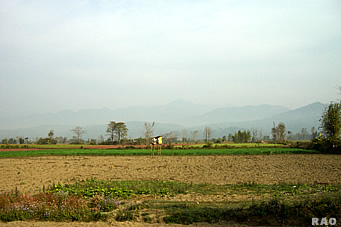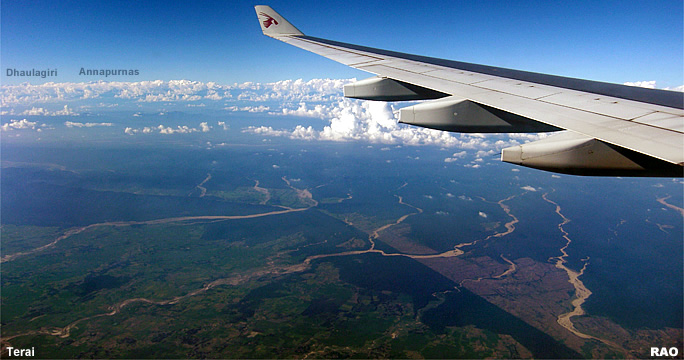| Development
in Nepal: Reports on Food Crisis |
 |
Nepal Development |
|
 |
Nepal Development |
|
|
 |
|
Food security remains a key challenge in Nepal
|
 |
KATHMANDU, 28 August 2009 (IRIN)
Malnutrition rife in country's breadbasket
Nepal's food-insecure hill and mountain villages are not the only areas where malnutrition is rife: People living in the fertile southern plains of the Terai region, the country's industrial and agricultural heartland, are also malnourished, according to local nutritionists.
"The malnutrition situation in the Terai is as bad as in the hills and mountains," Rajkumar Pokhrel, prominent nutritionist and head of the government's nutrition programme in Nepal's Department of Health, told IRIN.
The Terai, where half the country's 28 million people live, produces most of its agricultural output, including over 70 percent of its rice, the country's main staple, according to the Nepalese Youth Opportunity Foundation (NYOF), a local NGO which runs nutrition rehabilitation centres in the Terai.
According to nutrition expert Som Paneru, executive director of NYOF, and other nutritionists, many factors cause malnutrition, which is not merely a food deficit issue but has to do with eating habits and lifestyle, as well as hygiene and poor sanitation practices.
Nepal has one of the world's highest rates of malnutrition with nearly half of all children underweight. A sign of acute malnutrition - wasting - is now worse in the Terai than in the hill and mountain areas. In the Terai, 17 percent of children aged 9-11 months suffer from wasting, higher than the national average of 13 percent, according to the Ministry of Health.
 |
Nepal has one of the world's highest rates of malnutrition with nearly half of all children underweight. A sign of acute malnutrition - wasting - is now worse in the Terai than in the hill and mountain areas.
In the Terai, 17 percent of children aged 9-11 months suffer from wasting, higher than the national average of 13 percent, according to the Ministry of Health |
|
Discrimination
Discrimination against women, especially daughters-in-law who are at the bottom of family hierarchies in many communities, is an important factor, Paneru said.
"Discrimination against women in their own households is often the main reason in the Terai for their poor nutrition; their children's nutrition is also often affected," said rights activist Bhawana Rana, vice-president of an NGO called Saathi, which runs a nutrition rehabilitation centre in Kailali District, western Terai, and another in Biratnagar city, eastern Terai.
"Even when pregnant, daughters-in-law always eat last and often end up with the leftovers," said Pinky Rana, general secretary of Rural Women's Development and Unity, another NGO running nutrition rehabilitation programmes in the region.
Pregnant women and women who have just given birth are most in need of nutritious food, but often have a poor diet.
August is a lean season in the Terai, according to NGOs, when food is scarce and malnutrition tends to peak. It also happens to be a period of hot weather, meaning that food can easily go bad - a situation compounded by the generally poor sewage and sanitation infrastructure, according to NYOF.
Government response
National nutrition strategies have been in place since the early 1970s but NGOs question their efficacy.
 |
| Health Ministry officials, meanwhile, insist they are doing all they can: "Nutrition has been at the top of the government's health agenda and we have started to take some active initiatives," senior nutrition officer Lila Bikram Thapa from the Nutrition Section at the Department of Health Services told IRIN. |
|
"But the Ministry of Health can't do everything alone. There is an absolute need for a multisectoral approach, and more ministries should be involved," Thapa said.
Credit
IRIN 2009
Copyright
© UN Office for the Coordination of Humanitarian Affairs 2006
[
This report does not necessarily reflect the views of the United Nations] |
 |
Integrated
Regional Information Networks (IRIN), part of the UN Office for the Coordination
of Humanitarian Affairs (OCHA).
top
|
Links
|
 |
 |
 |
External
link |
|
more information
|
 |
|





